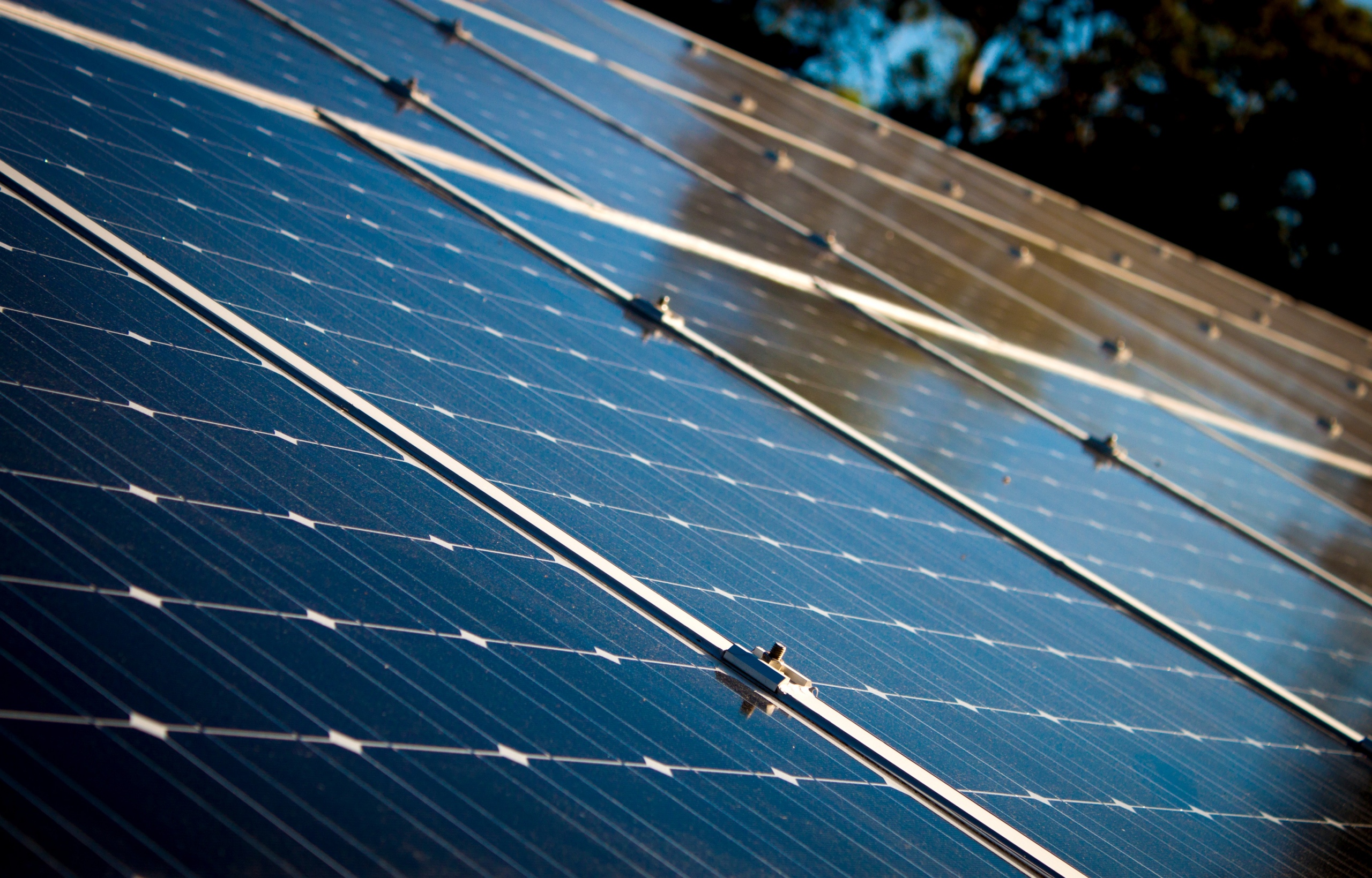The face of marijuana production in the United States has been changing in surprising ways. In 2012, voters in Colorado and Washington elected to legalize the possession and private recreational use of marijuana. Several more states, among them California, Nevada and Massachusetts, have legalized the use of the drug for medicinal purposes. This newly permissive attitude has encouraged marijuana production in the US, and some Americans have begun growing plants for personal use within the boundaries of these new laws. However, the laws have also brought a nagging energy issue to the surface.
Across the country, thousands of people manage large marijuana production operations inside their homes. These “home nurseries” can produce a very profitable crop of cannabis and represent an attractive money-making option for those who plan on illicitly selling the drug. They also act as serious energy sinks.
According to recent findings on the connection between marijuana production and energy use, these illegal indoor pot farms are very expensive, both for energy producers and consumers. They require intense and constant lighting, very particular temperatures and controlled air conditioning, all of which equal an extremely high energy bill. Dr. Evan Mills’ 2011 report on the carbon footprint of indoor cannabis production estimates that such operations cost $6 billion per year nationally. In California, indoor pot farms account for “3% of all electricity use or 9% of household use.” According to Dr. Mills, each four-by-four-foot block of cannabis production in one of these indoor farms represents the energy equivalent of 30 refrigerators running simultaneously.
These sorts of activities are not restricted to states that, like California, have legalized small-scale marijuana growth for personal use. So far, only 18 states and the District of Columbia have passed laws permitting residents with particular medical conditions to tend a few plants for their own benefit. Large-scale pot farms, however, exist in all 50 states. Because their ventures are illegal in every state, including those that have approved small-scale production, some of the owners and operators of these pot farms have decided to simply steal the large amounts of electricity they need.
There are a few reasons that illicit large-scale growers are tempted to steal energy to power their farms. One reason is concealment. The consistently large electricity bills produced by an indoor cannabis farm may present a red flag to energy providers. By stealing energy, growers can also cut down on their expenses and increase their profit margins. Whatever their reasons, though, the fact is that statewide energy providers such as Ambit Energy, among others, are forced to take on the extra expenses incurred by this energy theft.
Every state in the country is currently grappling with the issue of increased energy usage caused by a spike in indoor marijuana production. The outright theft of energy perpetrated by marijuana growers attempting to conceal their operations only makes this energy burden worse. If this issue is not resolved, the large wastes of energy associated with indoor marijuana production will continue and may become even more serious.
Laura Murry is a green energy scientist. She frequently shares her findings on energy and environmentalist blogs.
Source:
Mills, Evan. Energy up in Smoke: The Carbon Footprint of Indoor Cannabis Production. http://evan-mills.com/energy-associates/Indoor.html








